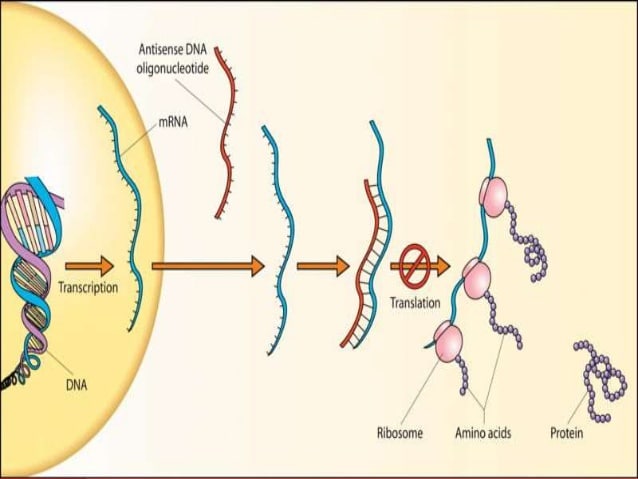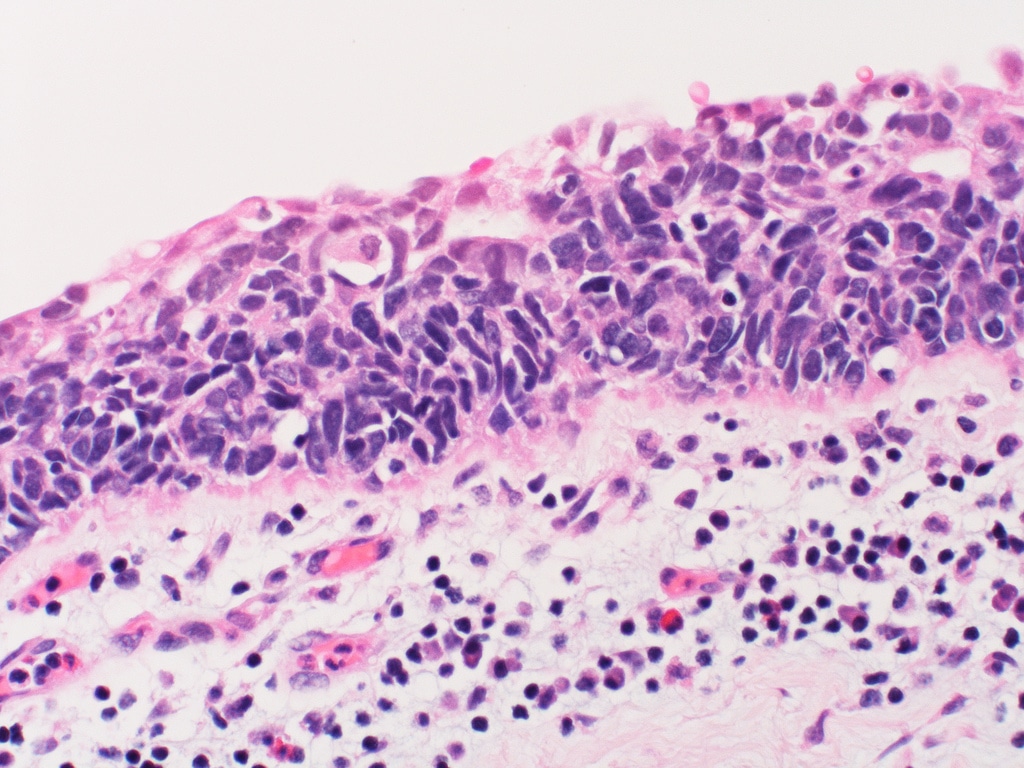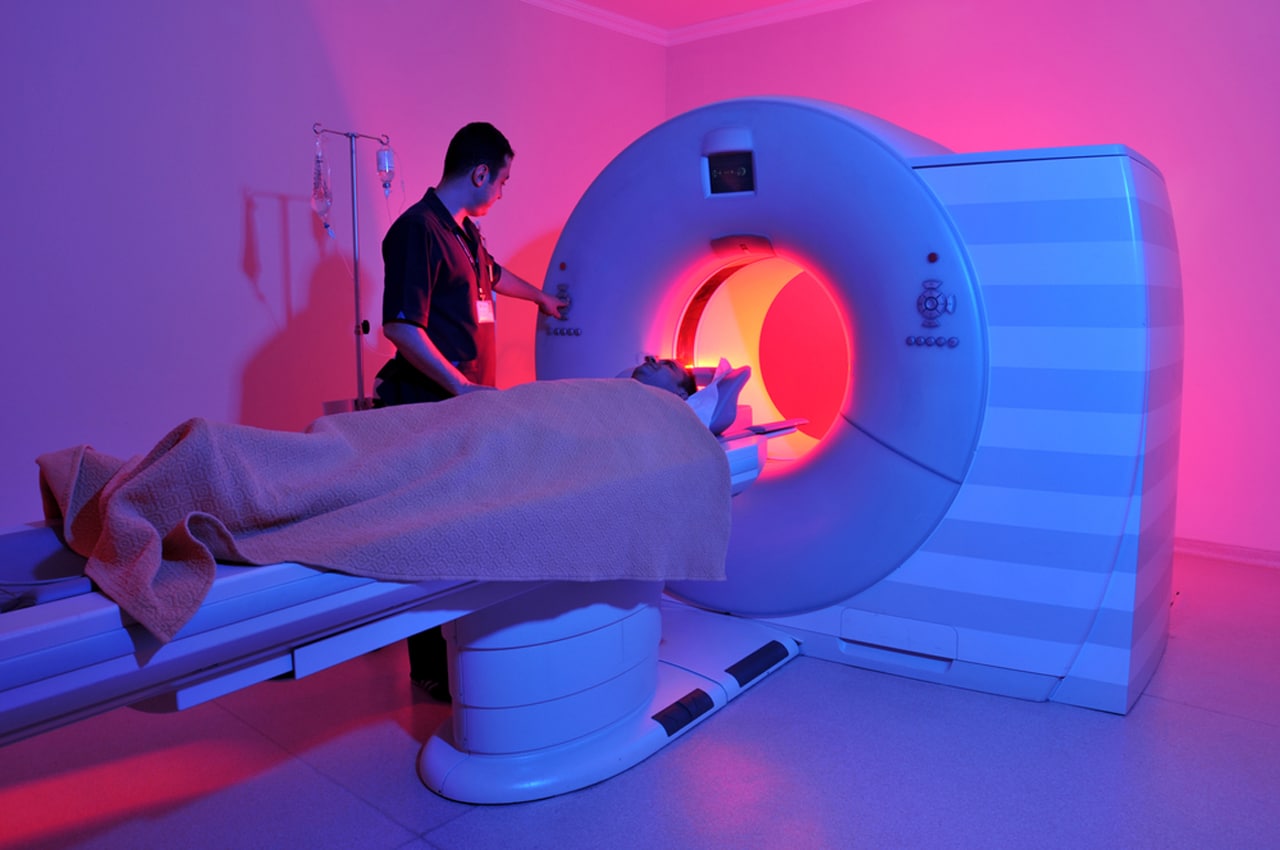Alzheimer’s disease is a slow , fatal disease of the brain affecting 1 out of 10 people over the age of 65. No one is immune. The disease come on gradually. As two normal protein fragments, called plaques and tangles accumulate in the brain, and kill brain cells. They start in the hippocampus; the part of the brain where memories are first formed. Over a period of time, the plaques and tangles slowly destroy the hippocampus , and it becomes harder and harder to form new memories. Simple recollections from a few hours or days ago, that the rest of us might take for granted , are just not there. After that, more plaques and tangles spread into different regions of the brain, killing cells and compromising function where ever they go.
This spreading around is responsible for producing the different stages of Alzheimer’s disease. From the hippocampus. the disease spreads to the area of the brain where language is processed. When that happens, it gets harder for the patient to find the right words. Next, the disease spreads to the front of the brain where logical thought takes place. Very gradually, an Alzheimer’s patient loses the ability to solve problems, grasp concepts, and make plans. After that, the plaques and tangles attack the part of the brain where emotions are regulated. When this happens, the patient gradually loses control of his moods or feelings. Next, the plaques and tangles move to the region of the brain that makes sense of what the Alzheimer’s patient sees, hears, and smells. The Alzheimer’s patient may the begin to hallucinate. Eventually, the back of the brain becomes affected and old memories are lost by the Alzheimer’s patient. Balance and coordination are then affected. Then, in the last stage, the regulation of breathing and heart rate is compromised; and the patient expires. The progression from mild forgetting and death is slow and steady. It takes place over an average of 8 to 10 years. For now at least, Alzheimer’s disease is incurable.







Leave A Comment